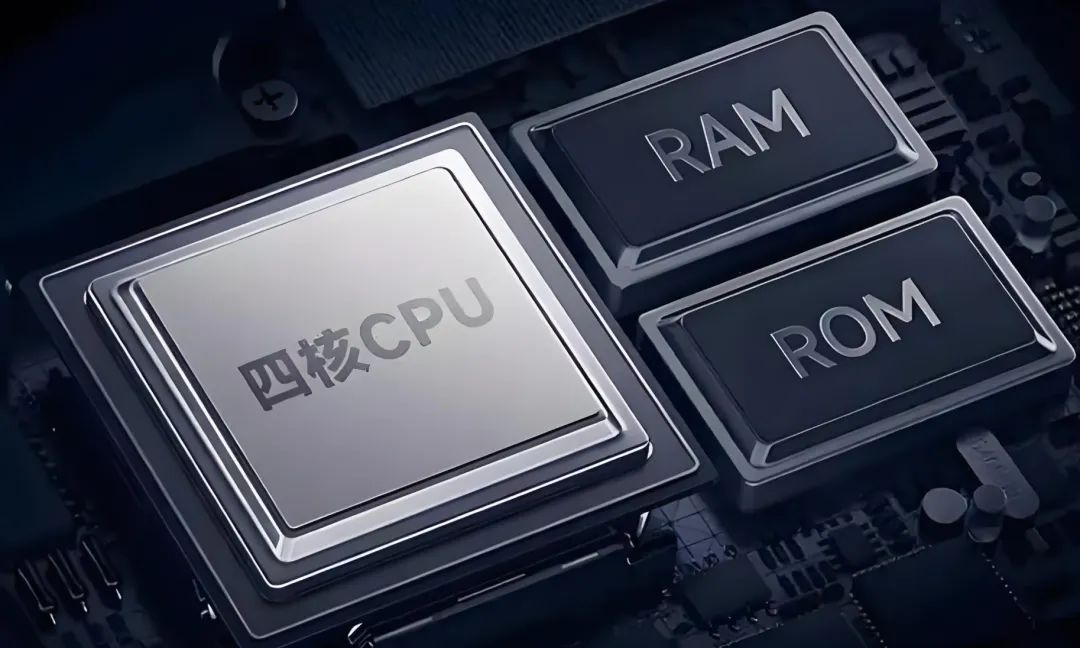Hello everyone. Let’s assume User A is a smart home developer who needs to choose a low-power processor for home monitoring devices; User B is a gaming smartphone designer who seeks ultra-fast response and high computing power. Their needs are completely different, and thus the conclusion on whether to choose the quad-core Cortex-A55 or A73 will naturally differ. This article analyzes the core differences and applicability of the two processors from the perspectives of performance, power consumption, and usage scenarios.

1. Architecture and Performance Differences: Single-Core Dominance vs. Multi-Core Balance
Cortex-A73 adopts a high-performance big-core architecture, with single-core performance significantly superior to A55. Under the same frequency conditions, the integer computing capability of A73 is approximately 40% higher, and the floating-point computing capability is about 35% higher. For example, when running single-threaded tasks (such as launching mobile applications or loading games), A73 responds faster, with a latency reduction of about 20%. The quad-core A73 configuration can provide higher peak performance, suitable for scenarios requiring parallel processing of complex tasks, such as AI image recognition and multi-task data computation.
Cortex-A55 focuses on energy efficiency optimization, with a multi-core design balancing efficiency for light to moderate loads. Its memory bandwidth has doubled compared to the previous generation A53, with an overall performance improvement of about 15%-20%. For instance, when running video decoding and voice assistant simultaneously on a smart TV, the multi-thread scheduling capability of the quad-core A55 can prevent stuttering, but its single-core performance limitations make it challenging to handle sudden high-load tasks.
Typical Test Comparison: In Geekbench 5, the quad-core A73 scores about 300 points in single-core and around 1000 points in multi-core; the quad-core A55 scores about 150 points in single-core and around 600 points in multi-core.
2. Power Consumption and Heat Dissipation: The Cost of Performance vs. The Assurance of Endurance
Cortex-A73 comes with high power consumption issues due to its high performance. Under full load, its power consumption can reach 2.5W-3W, which is about 50% higher than A55. For example, a smartphone equipped with A73 may have its body temperature rise above 42°C after one hour of continuous gaming, requiring a cooling module (such as liquid cooling copper pipes) to control the temperature rise.
Cortex-A55 has an energy efficiency improvement of about 15%, with power consumption 30%-40% lower than A73 at the same performance level. For instance, smartwatches using A55 can extend battery life by about 3 hours compared to A73 solutions in always-on display mode. Additionally, A55’s low heat generation characteristics eliminate the need for complex cooling designs, making it more suitable for space-constrained devices (such as IoT sensors).
Power Consumption Measurement Data: The quad-core A73 has an average power consumption of 2.8W in video rendering tasks, while A55 is at 1.6W.
3. Applicable Scenarios: Needs Determine Selection Priorities
Typical Scenarios for Choosing Quad-Core A73:
- High-Performance Computing Devices: Such as mid-to-high-end smartphones, gaming handhelds, and edge computing servers that require rapid processing of AI inference and real-time rendering tasks.
- Short-Term High Load Scenarios: For example, drones processing image data in real-time during flight, where A73’s single-core performance can reduce processing latency.
- Interaction-Intensive Applications: AR/VR devices require low-latency responses, and A73’s strong single-core capability can reduce motion blur.
Typical Scenarios for Choosing Quad-Core A55:
- Long-Endurance Devices: Devices such as smart locks and health monitoring bands that need to remain on standby for extended periods, where A55’s low power consumption can extend battery life.
- Cost-Sensitive Products: Such as entry-level tablets and set-top boxes, where A55’s energy-efficient design can reduce overall hardware costs by about 20%.
- Lightweight Multi-Tasking: Smart speakers that play music while performing voice recognition, where A55’s multi-core efficiency is sufficient.
4. Technical Trends: Hybrid Architecture and Future Directions
Current smart devices are gradually adopting a “big.LITTLE” hybrid architecture, such as the A73+A55 combination. Through a task scheduler, the system can assign high-load tasks to the A73 core and low-load tasks to the A55 core, balancing performance and energy efficiency. For example, a domestic tablet adopts a 2xA73+4xA55 design, where A73 is fully utilized in gaming scenarios to ensure stable frame rates, while A55 takes over during daily office tasks to reduce power consumption.
In the future, with the development of AI and edge computing, A73’s high-performance characteristics will still have advantages in localized model inference, but A55’s energy efficiency will be irreplaceable in the IoT field. For instance, sensors in smart factories need to operate 24/7, and A55’s low power design can reduce maintenance costs.
5. Decision Recommendations: Clarify Core Needs to Avoid Resource Waste
Key Conditions for Choosing A73:
- Devices need to frequently handle complex computing tasks (such as video editing, 3D modeling);
- Users are extremely sensitive to response speed (such as competitive mobile game players);
- Budget is sufficient and can accept higher power consumption and heat dissipation costs.
Key Conditions for Choosing A55:
- Devices primarily operate under light to moderate loads (such as e-readers, smart home control centers);
- Endurance and stability are prioritized over peak performance;
- Need to control hardware costs and simplify cooling designs.
Conclusion: The Ultimate Trade-off Between Performance and Energy Efficiency
The comparison between the quad-core Cortex-A73 and A55 essentially represents a choice between “performance-first” and “energy-efficiency-first” approaches.
- Tech Geeks and Performance Enthusiasts: A73’s strong single-core capability remains the first choice, especially in AI and real-time computing scenarios where it has clear advantages;
- Pragmatists and Cost Controllers: A55 meets daily needs with low power consumption and high cost-effectiveness, avoiding waste from performance redundancy.
Industry Observation: By 2025, with the popularization of 5G and AIoT devices, A55’s share in the IoT field may further expand, while A73 will continue to serve high-end mobile devices and professional computing terminals. Users need to make rational decisions based on the “performance sensitivity” and “endurance tolerance” of their actual application scenarios.